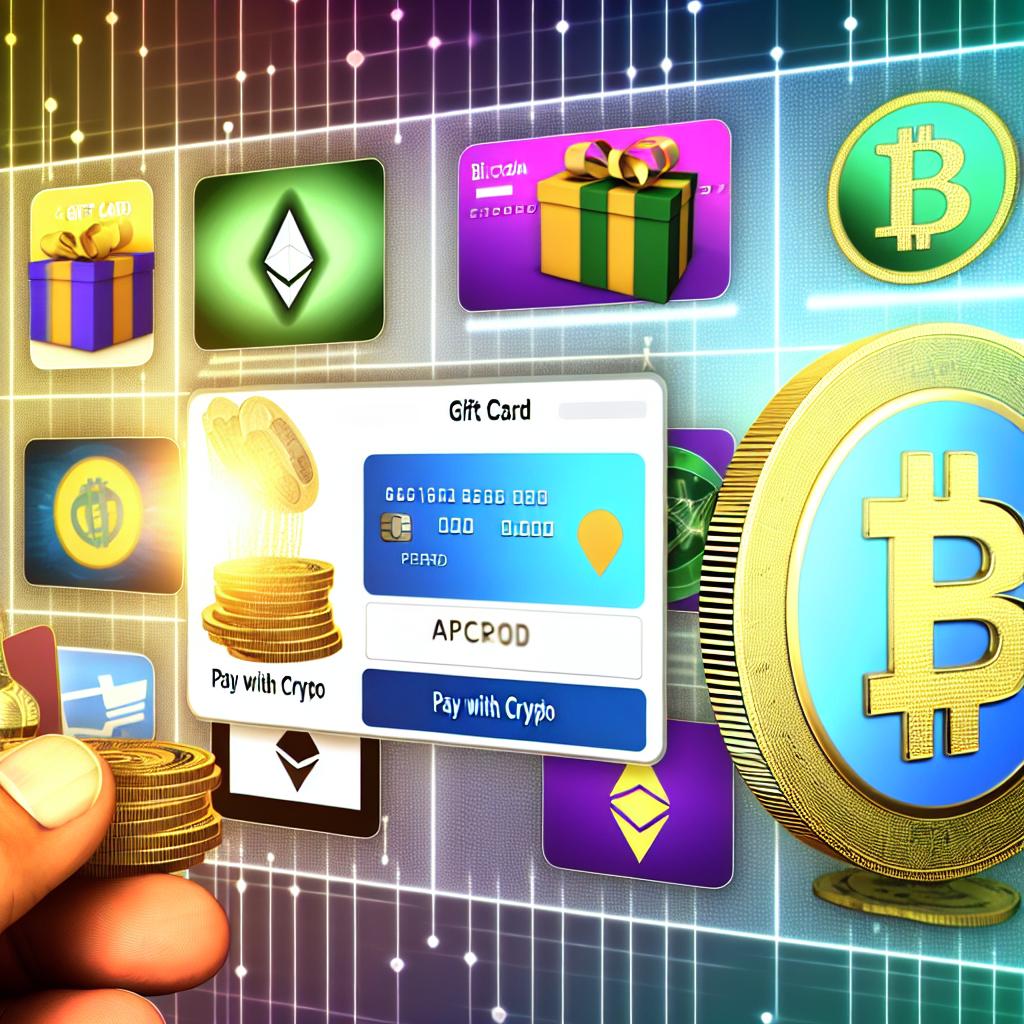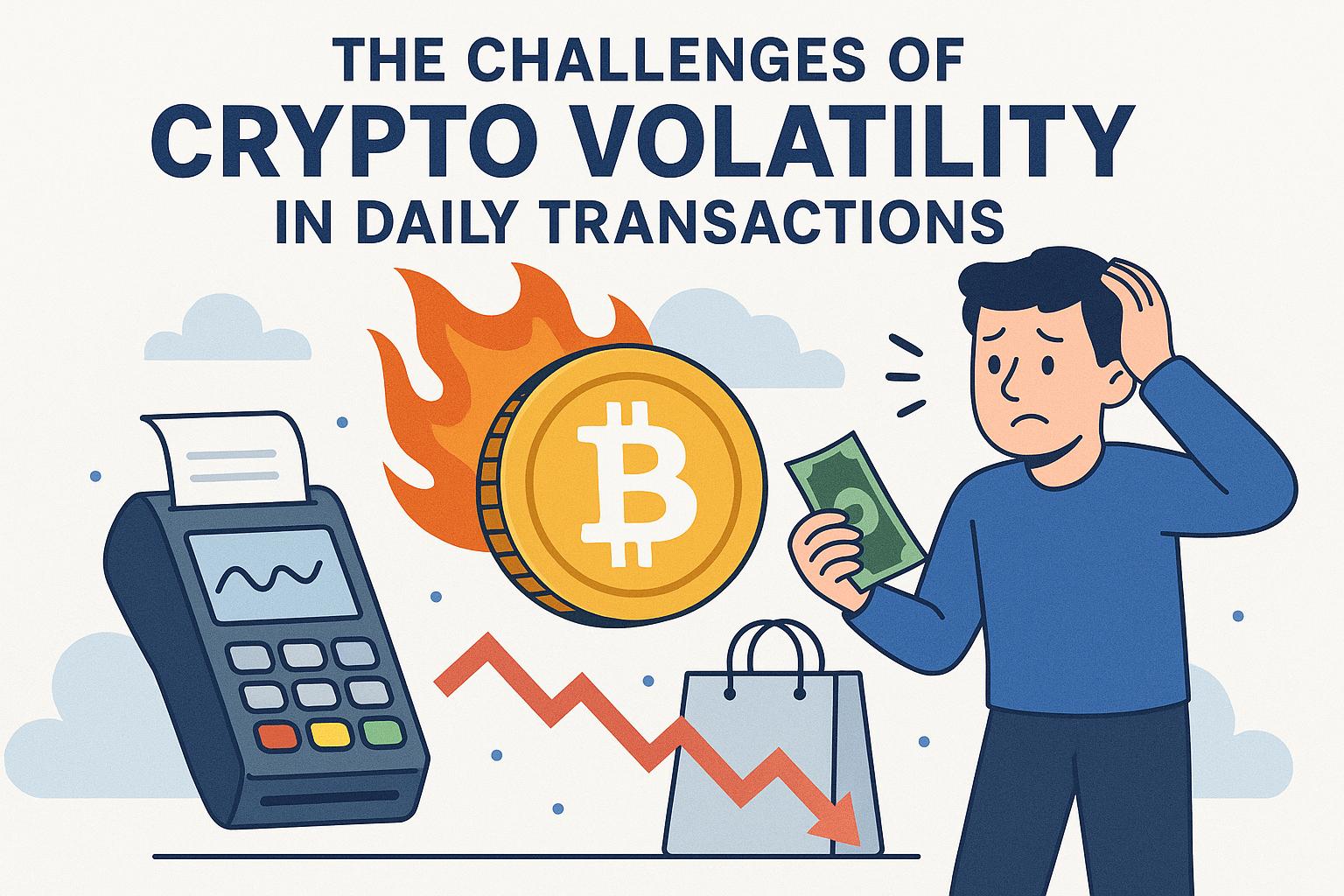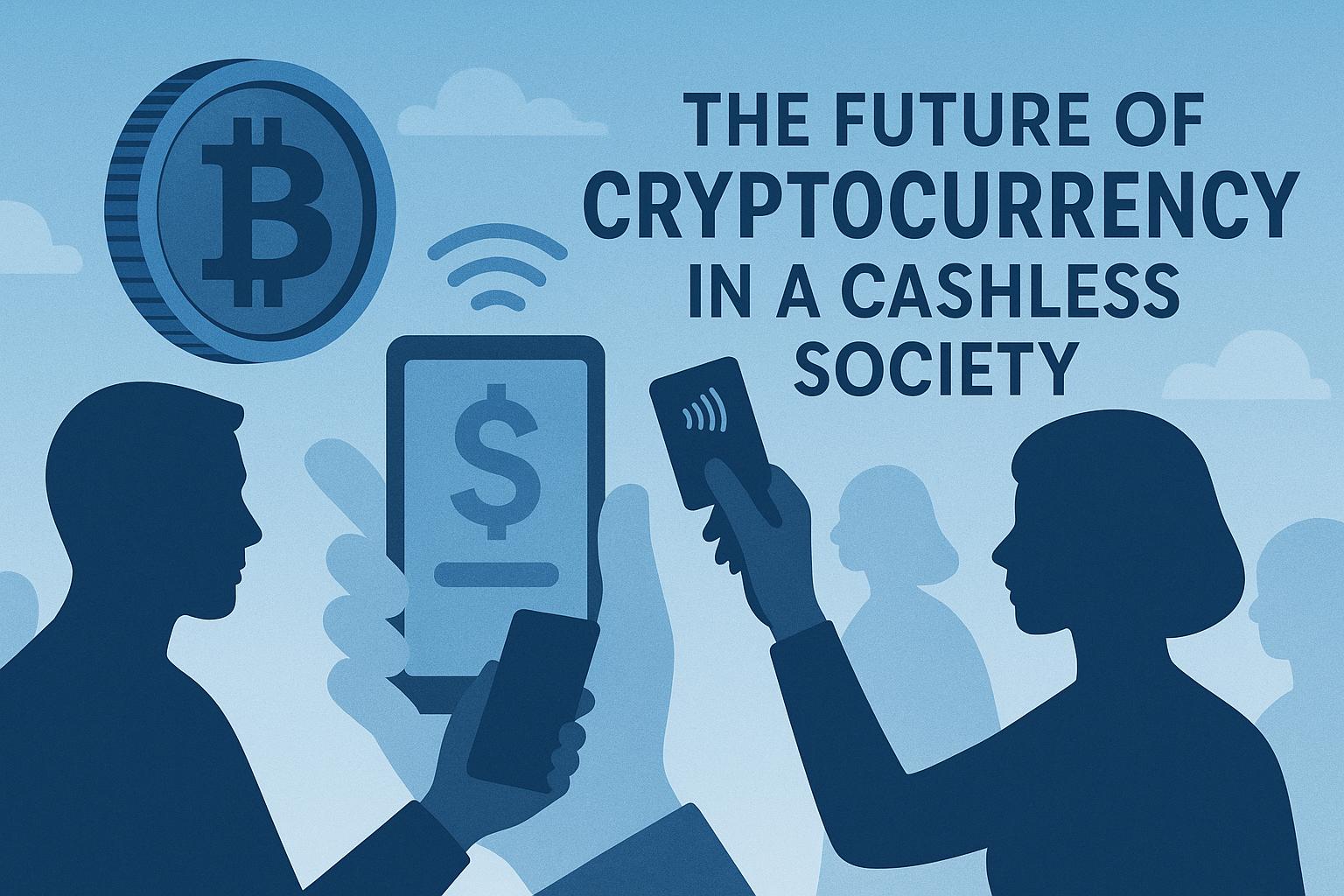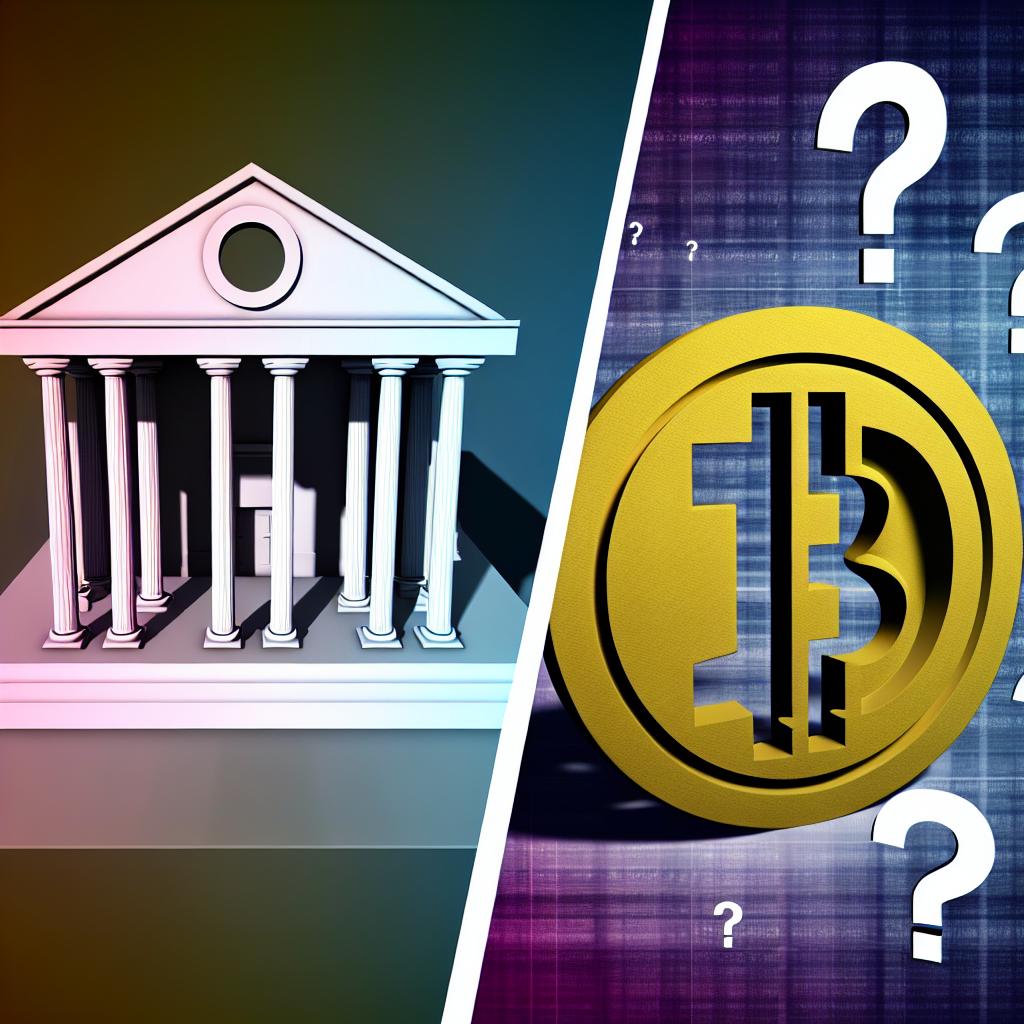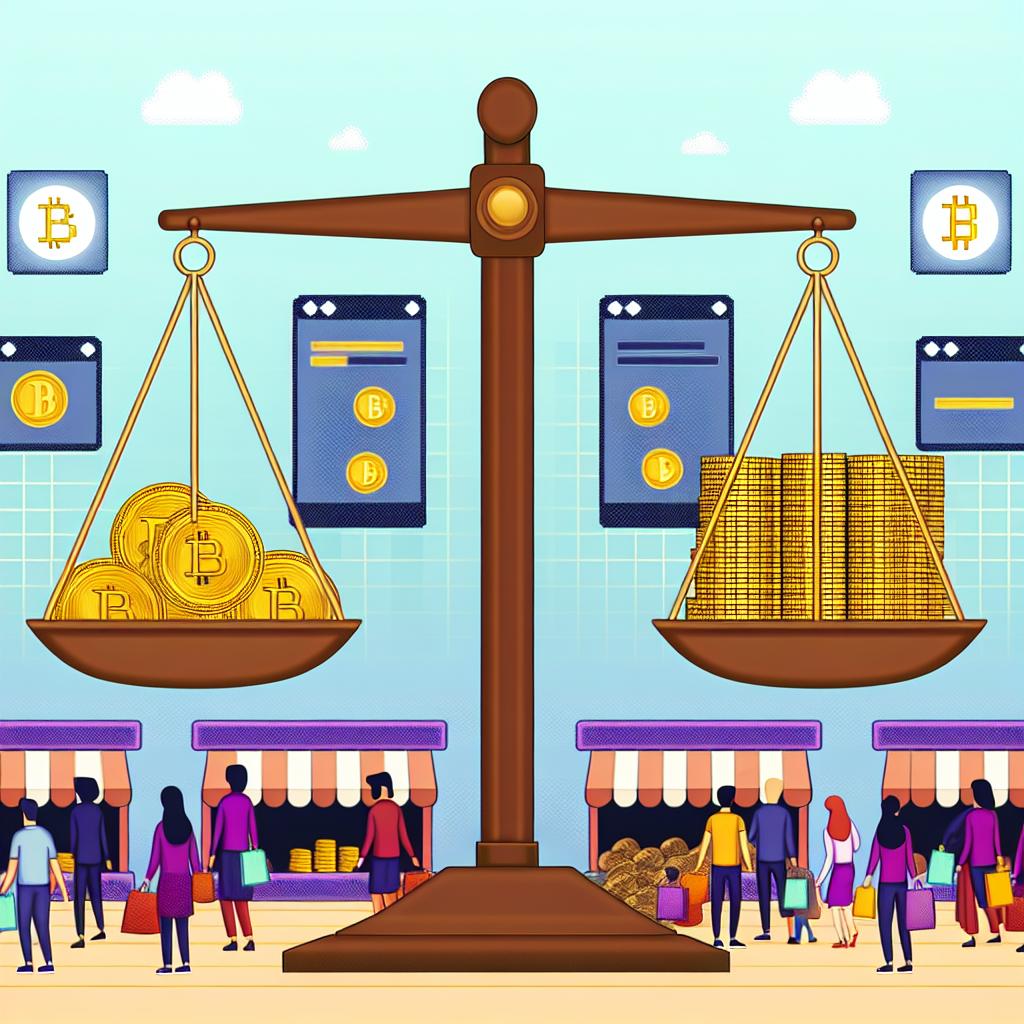Introduction to Using Cryptocurrency for Online Shopping
Cryptocurrency has emerged as a popular alternative payment method, offering a decentralized and secure way to conduct transactions. An intriguing use of your digital assets is purchasing gift cards and shopping online. This dual approach melds the benefits of cryptocurrencies with the convenience of online shopping, providing a versatile solution for tech-savvy consumers who are eager to integrate modern technology into their financial activities.
Understanding Gift Cards in the Crypto World
Gift cards have increasingly become a favored option for those looking to use cryptocurrency for everyday purchases. A growing number of platforms now allow users to exchange their crypto for gift cards, which can be used at a multitude of retailers. This process not only broadens the acceptance of cryptocurrencies but also provides a tangible avenue for using them in the realm of goods and services.
Gift cards act as a bridge between the digital currency ecosystem and the more traditional forms of commerce. They expand the utility of cryptocurrencies by providing more widespread opportunities to use them without the need to convert back to fiat currency. This removes some of the friction for users who maintain digital assets yet seek to use them in conventional retail environments.
Steps to Buy Gift Cards with Cryptocurrency
If you wish to purchase gift cards using crypto, you must first identify platforms that facilitate this form of transaction. Websites such as Bitrefill, eGifter, and Gyft enable users to buy gift cards from a broad range of retailers using various cryptocurrencies including Bitcoin, Ethereum, and others. Here’s an elaborated process for purchasing such gift cards:
Create an Account: The starting point is to sign up on one of the platforms offering services that allow exchanges from crypto to gift cards. Registering generally involves providing an email and, in some cases, basic identification information.
Select Your Gift Card: Once registered, explore the available retailers and decide on the gift card for your desired store and the value you wish to purchase. This selection often includes a diverse range of sectors from dining and entertainment to essentials and services.
Proceed to Checkout: At the checkout stage, elect cryptocurrency as the preferred payment option. This step sets the groundwork for the digital currency transaction and ensures the platform prepares to accept your cryptocurrency.
Make the Payment: Following checkout, adhere to the detailed instructions provided to send the stipulated amount of cryptocurrency from your digital wallet to the platform’s specified address. This entails confirming the transaction and ensuring the exact amount is transferred to avoid any discrepancies.
Once the transaction is confirmed, you will receive the gift card code, delivered either to your email or to your account dashboard, ready for immediate use either online or in physical store locations.
Advantages of Using Cryptocurrency for Gift Cards
Integrating cryptocurrency into purchasing gift cards for online shopping confers several distinct advantages:
Broadening Acceptance: Gift cards enable the indirect use of cryptocurrencies at brick-and-mortar and online stores that may not accept them outright. This feature effectively extends the usability of digital currencies to a wider retail environment.
Anonymity and Privacy: Paying with cryptocurrency usually requires minimal personal information, bolstering privacy more so than traditional payment methods. This appeal to anonymity aligns closely with the core cryptographic principles inherent in digital currency technologies.
Avoiding Volatility: By converting cryptocurrency into gift cards, one may shelter themselves from the prevalent volatility of crypto markets. This allows holders of digital assets to manage the value at a more consistent rate by holding a usable asset in the form of a gift card.
In summary, purchasing gift cards through cryptocurrency not only maintains user privacy but also addresses some of the typical volatility concerns that are hallmark challenges within the digital currency markets.
Online Shopping Directly with Cryptocurrency
Besides purchasing gift cards, many online retailers are expanding their services to accept direct cryptocurrency payments. Websites like Overstock and Destinia support cryptocurrency transactions for an array of products and services. Below is a more detailed guide to shopping directly with cryptocurrency:
Find Crypto-accepting Retailers: Begin by examining the payment options offered by online merchants. Some platforms openly advertise their cryptocurrency acceptance, while others might list it as a secondary option in payment settings.
Select Cryptocurrency at Checkout: If crypto payment is available, ensure that you select cryptocurrency as your payment method during the checkout process. This makes certain that your transaction is processed as a digital currency payment rather than a conversion back to traditional currency.
Complete the Payment: Transfer the denominated amount of whatever cryptocurrency you are using to the retailer’s specified crypto wallet address. This step draws a parallel to traditional e-commerce payments but involves sending digital currency instead.
This method simplifies the transaction by eliminating the need to convert into gift cards and enables seamless transactions within stores that support such direct payments.
Conclusion
Harnessing cryptocurrency for gift card purchases and direct online shopping offers a flexible and convenient way to use digital assets. By opting for trusted platforms and gaining a comprehensive understanding of the transaction processes, you can leverage the advantages of crypto while sidestepping the typical constraints found in conventional payment systems. As cryptocurrency adoption continues to expand, these avenues are likely to diversify further, presenting even greater opportunities for everyday crypto usage. This growth trajectory suggests an exciting future for digital currency integration into mainstream financial and consumer sectors.
This article was last updated on: May 1, 2025

